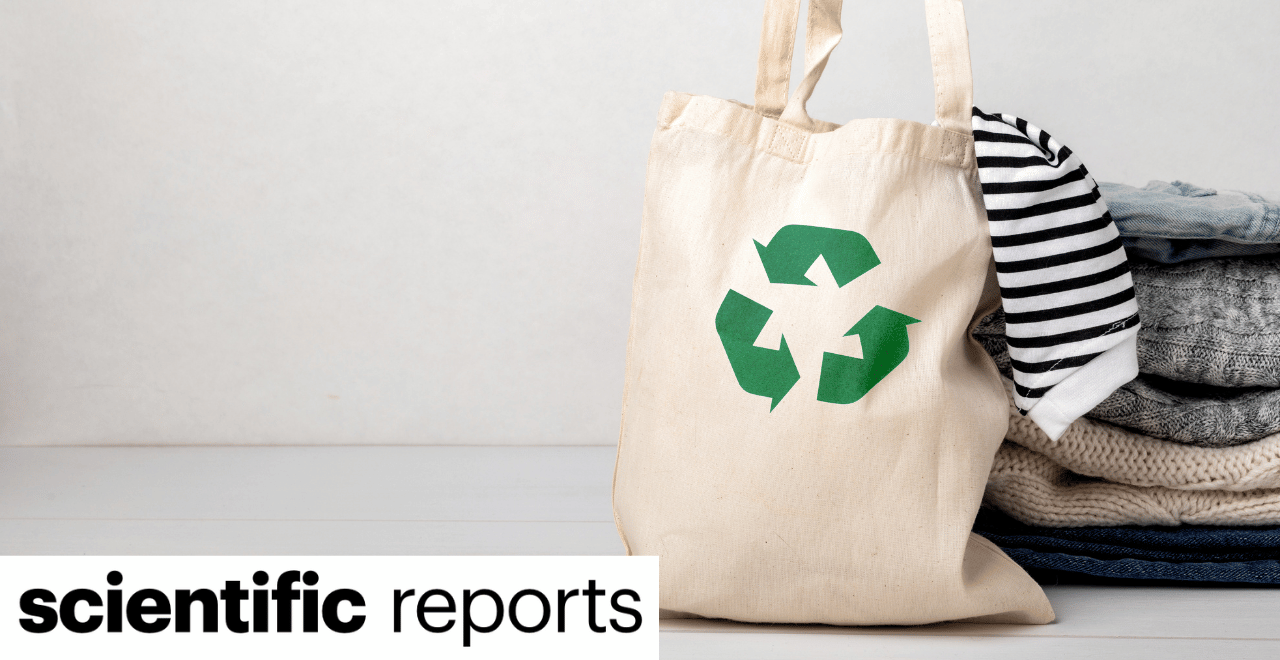Carfora, V., Buscicchio, G., & Catellani, P. (2024). Proenvironmental self identity as a moderator of psychosocial predictors in the purchase of sustainable clothing. Scientific Reports, 14, 23968.
Previous research investigated the impact of psychosocial predictors (e.g. attitude, social and moral norm, perceived behavioral control, intention) on sustainable clothing purchasing. To date, no studies considered whether proenvironmental self-identity moderates the effects of these predictors on behavior.
In this study, we adopted an intrapersonal approach and a longitudinal design to assess the moderating role of proenvironmental self-identity in predicting intentions and behaviors, considering gender differences. 250 participants completed an initial questionnaire on the predictors of three sustainable clothing purchasing. A month later, they filled out a second questionnaire to self-assess these behaviors.
The results showed that social and internalized norms (moral norms) were notably influential of participants’ intentions. Affective attitude influenced behavior positively, while cognitive attitude had a negative influence. When considering the moderating role of proenvironmental self-identity, significant gender differences emerged. Women with a weak proenvironmental self-identity expressed a higher intention to purchase sustainable clothing when they had high affective attitudes and descriptive norm but low cognitive attitudes. Women with a strong proenvironmental self-identity intended to purchase sustainable clothing when they had high moral norms and cognitive attitudes but low descriptive norm. Man with a weak proenvironmental self-identity and high positive affective attitude increased their future SCP.

